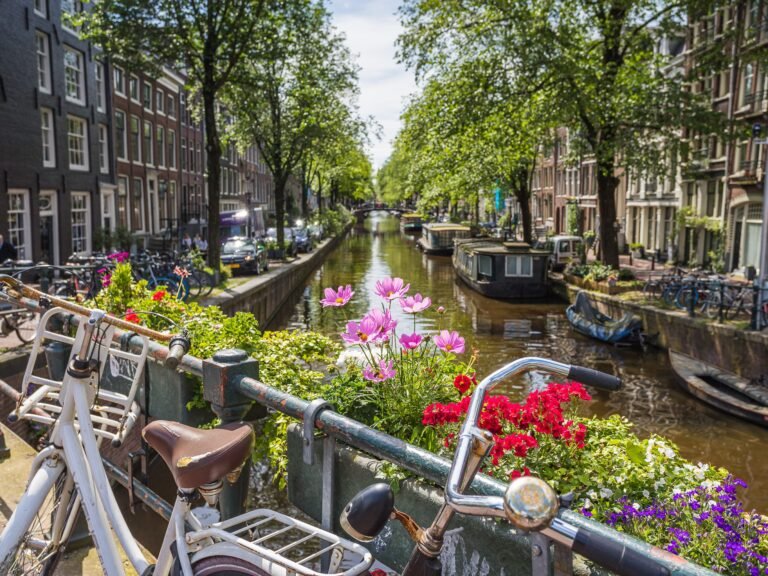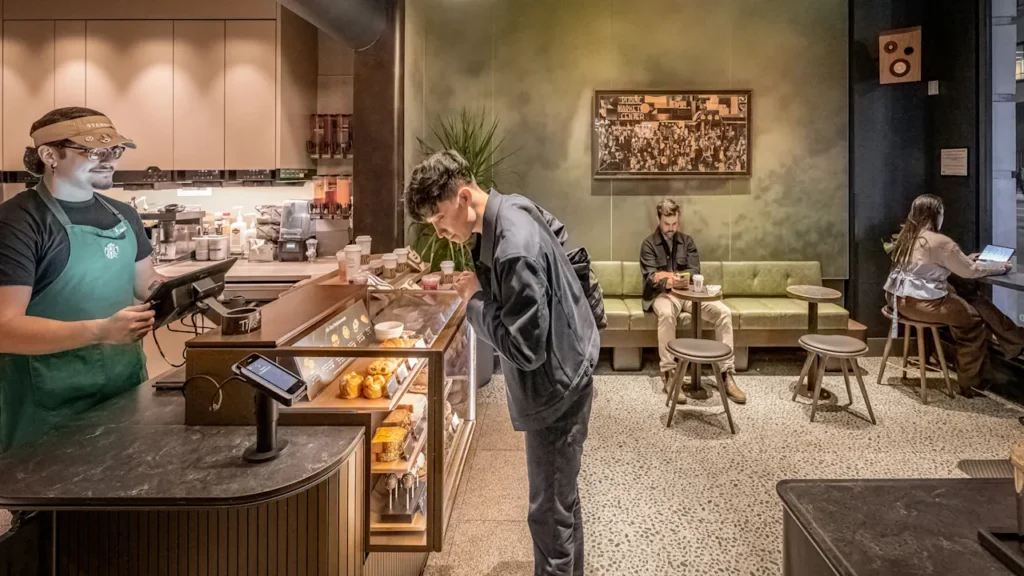
It’s 2 p.m. on a Monday, and the Starbucks on 23rd Street and Park Avenue in New York City’s Flatiron neighborhood is packed. Not that it would take much. The small shop—roughly 265 square feet of front-of-house space—is big enough for a short line to form before it would bust through the door and out onto the sidewalk.
This location is the company’s very first “espresso bar” format store—a new, small-store design that will serve as the cornerstone of Starbucks’s future expansion plans.
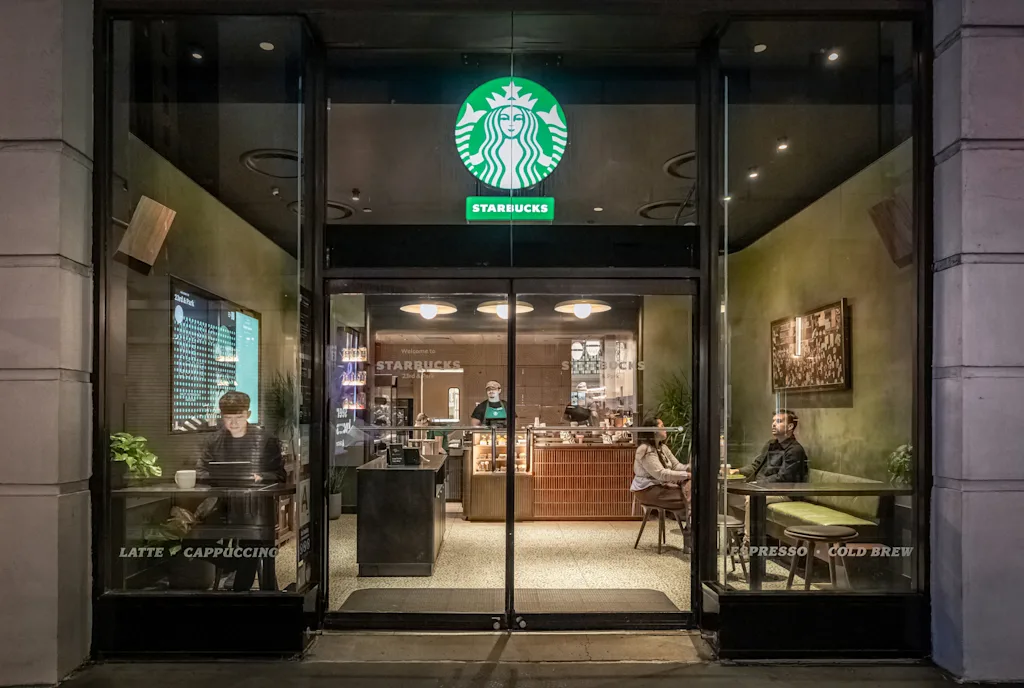
It’s also a symbol of a Starbucks in flux. Until recently, the store was for mobile orders and pickup-only; then in September, it reopened after a speedy “uplift” (Starbucks speak for a small-scale renovation) in a new “espresso bar” format complete with seats. Starbuck’s leadership hopes the design will help propel the coffee chain into a cozier, more profitable era.
When I visited, the store was indeed cozier than the average New York City Starbucks, which can often feel industrial and cave-like. A cushy green leather banquette spanned one wall with enough room to fit three laptop-sized round tables. Two seating nooks with built-in desks and stools looked out onto the street.
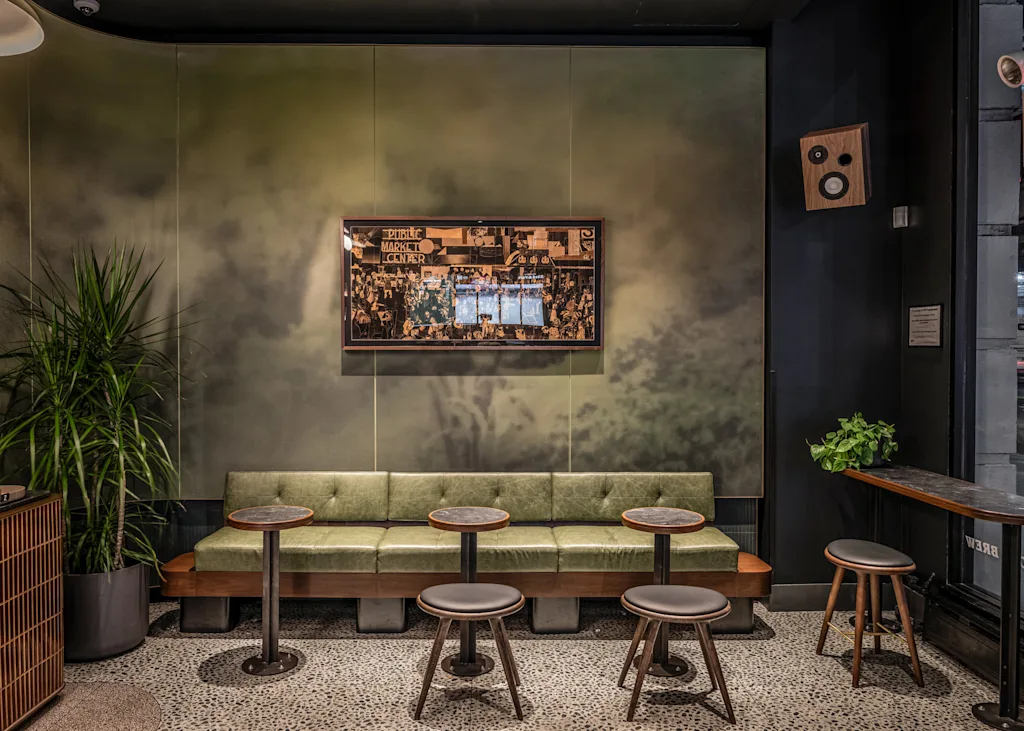
All told, about 10 butts could sit down comfortably in the space. But that’s 10 more butts than before—and butts in seats is the reason Starbucks renovated the space in the first place.
The espresso bar format is part of CEO Brian Niccol’s “Back to Starbucks” plan, which reimagines Starbucks as a coffee shop you might actually want to spend time in. In the grand scheme of things, Niccol would still like to more than double Starbucks’s global footprint, and expand the brand to more than 100,000 locations worldwide. And he’s said the small, espresso bar format would be key in this growth.
But in the more immediate future, Niccol’s turnaround strategy requires updating aging locations into something more comfortable. Starbucks expects to uplift 1,000 stores over the next year, often transforming the stores bit by bit at night and during off hours to avoid losing operation hours. Each uplift will cost around $150,000—a small investment for a company that had an annual revenue of $36 billion in fiscal year 2024.
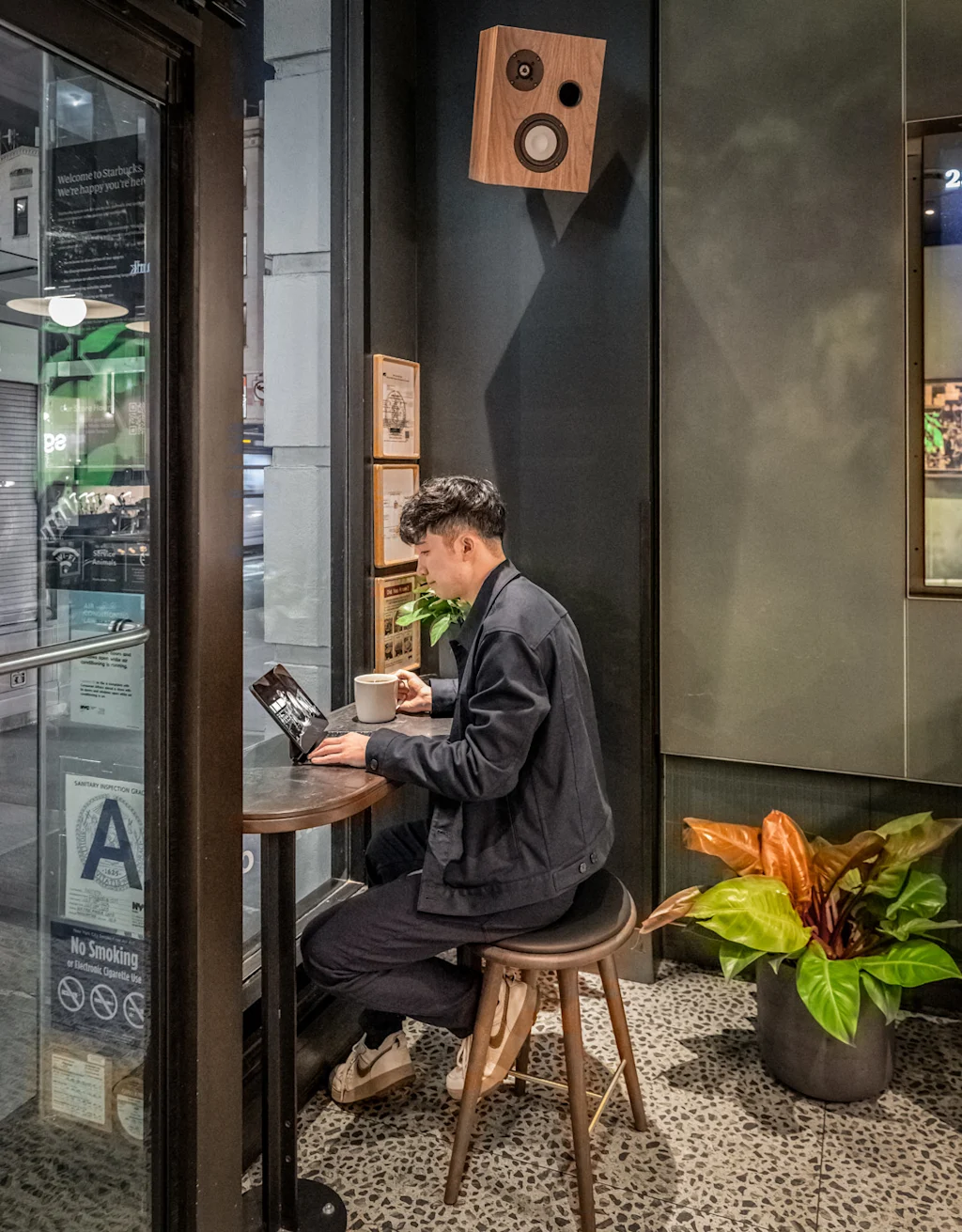
Out with pick up, in with sit down
The espresso bar format, specifically, is an area of opportunity for the company. Over the summer, Starbucks announced that it would close or renovate many of its mobile order-only locations, which totaled more than 80 locations. It was a notable pivot away from Starbucks as a streamlined caffeine factory, towards something more akin to a traditional coffeehouse.
Starbucks began experimenting with pick up-only shops as early as 2015, just as mobile ordering began reshaping the landscape of American quick service restaurants. Customers quickly adapted to the convenience of tapping a button on their phone to order their daily drink. Today, mobile ordering accounts for 31% of Starbucks orders.
But for all its revenue-generating success, the pick-up only format wasn’t without its issues. Instead of alleviating wait times and bottlenecks, it increased them in some instances, largely due to a menu that ballooned in size and a lack of operational sophistication that couldn’t keep pace with customers’ expectations of speedier service.
More troubling was the effect it had on people’s perception of Starbucks as a brand. When Niccol arrived at Starbucks, he zeroed in on pick-up only stores as an obvious problem to solve. “We found this format to be overly transactional and lacking the warmth and human connection that defines our brand,” Niccol said on an earnings call in July 2025.
Now, dozens of these spaces are being reimagined as coffee bars where the emphasis is on fast service, sure, but with a bigger shot of hospitality. What this looks like in practice will vary from location to location since all of the small-format stores have unique quirks that designers will need to work with during renovations.
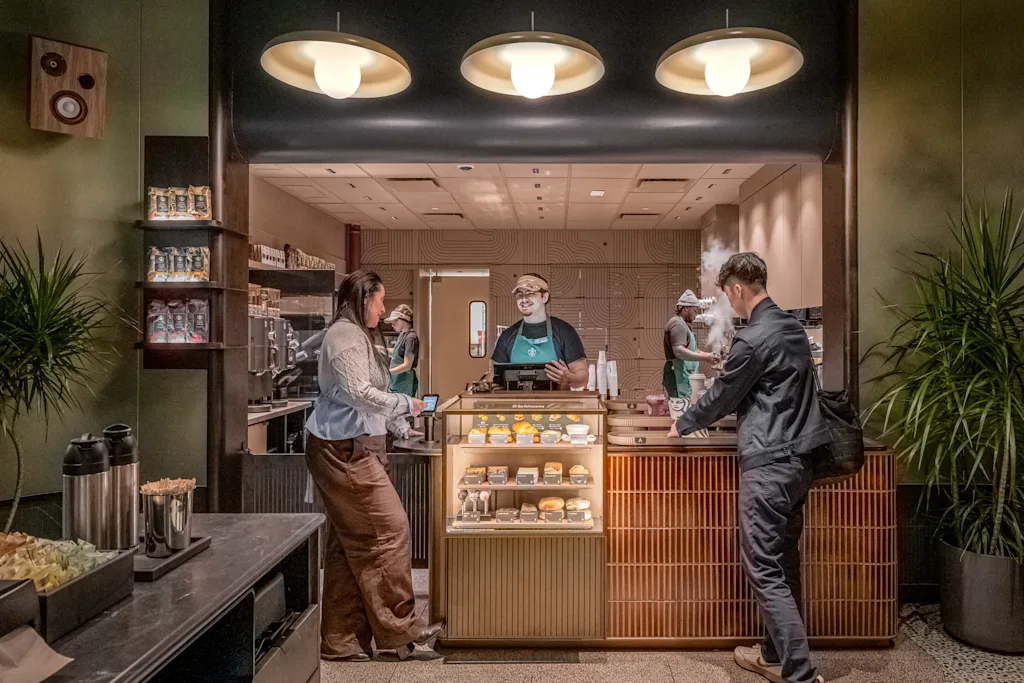
Materiality matters
The Park Ave location is filled with little details meant to give the space a softer, more upscale appearance. There’s a new tile-clad, wood-trimmed ordering counter that sits lower than average to encourage more connection with the barista. Minimalist pendant lighting hangs above, to give the space a warm glow at night. Wood-encased speakers hang in the corners of the room, and a vintage-looking credenza sits against a wall filled with bags of coffee beans that customers can grab.
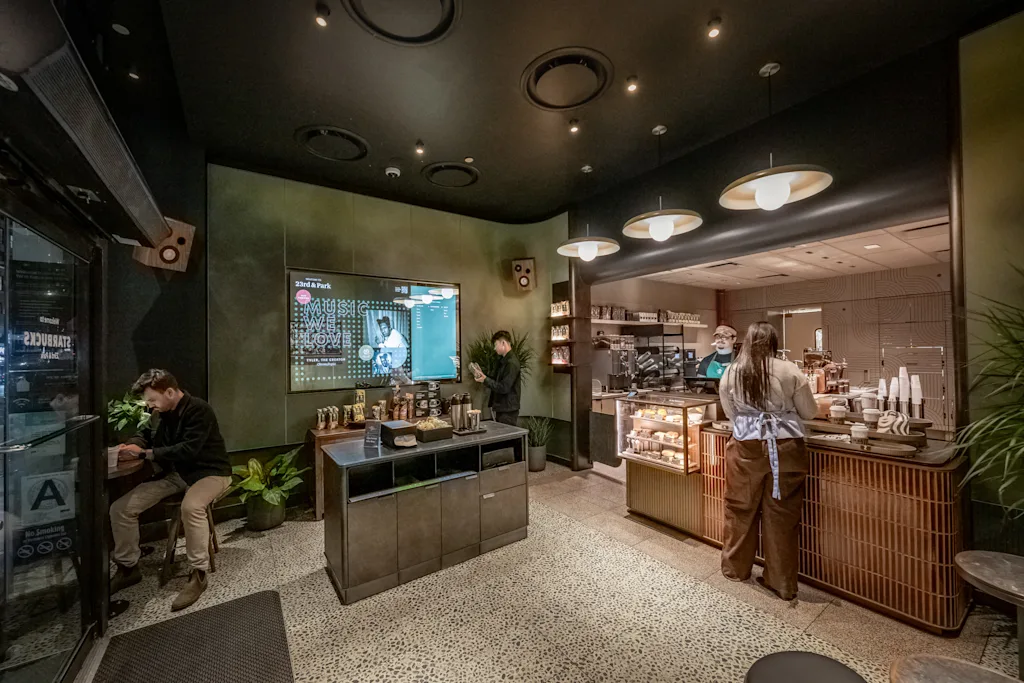
I appreciated the materiality of the space—the leather and wood, the live plants in the corner, the soft curve of the green wall panels. The Starbucks team is clearly trying to up its game after years of creating spaces that, in my experience, do little to invite you in.
Starbucks says it’s measuring the success of these spaces in terms of how long customers stay, how often they return, and (of course) sales. It’s too soon to say if these revamps will be enough to lure in the kind of customers they’re after—the kind who see Starbucks as a home away from home.
For what it’s worth, I didn’t see anyone drinking out of a ceramic mug (a feature Niccol brought back in his quest for coziness). In fact, the only person I saw lingering for any length of time was a college-age student with a laptop who was nursing her to-go cup of coffee. But that, just maybe, is exactly the signs of life Starbucks is hoping to see more of.
